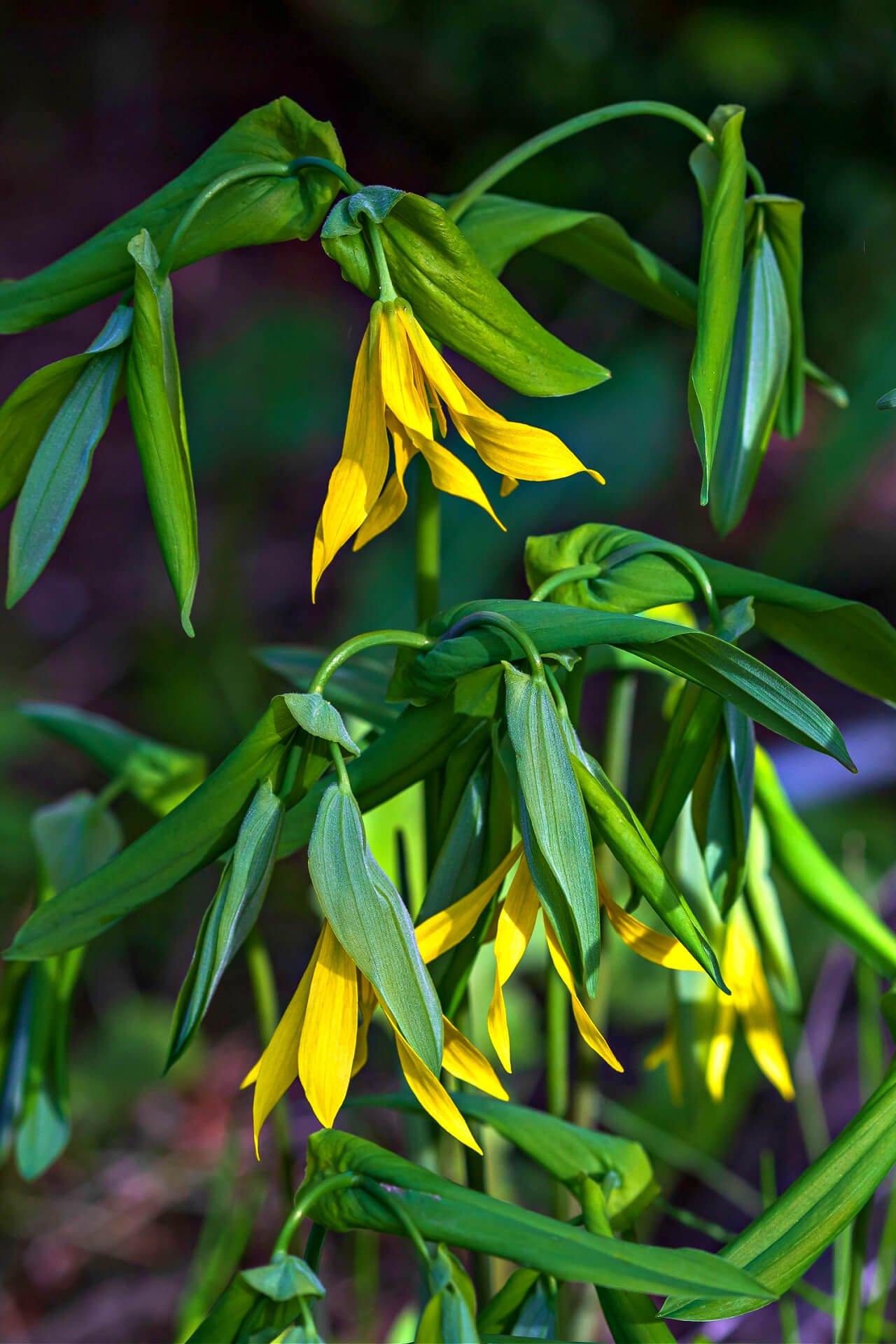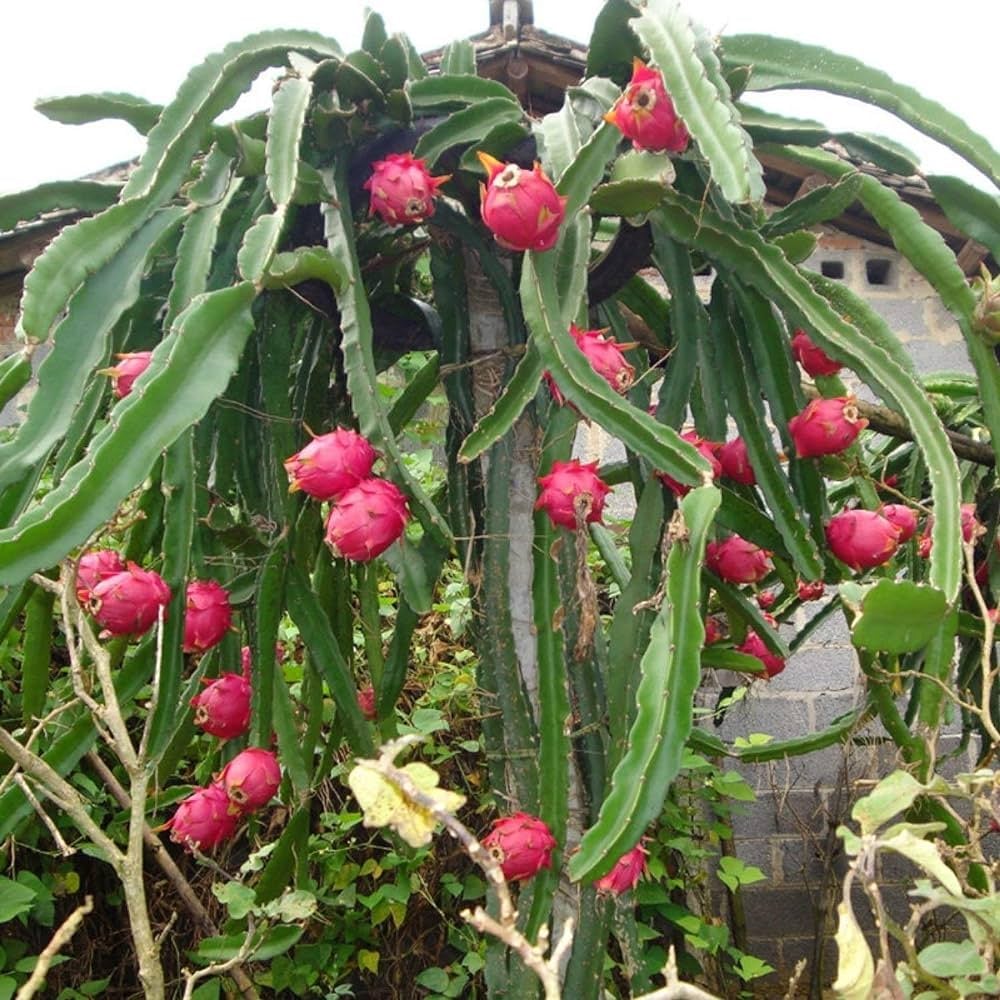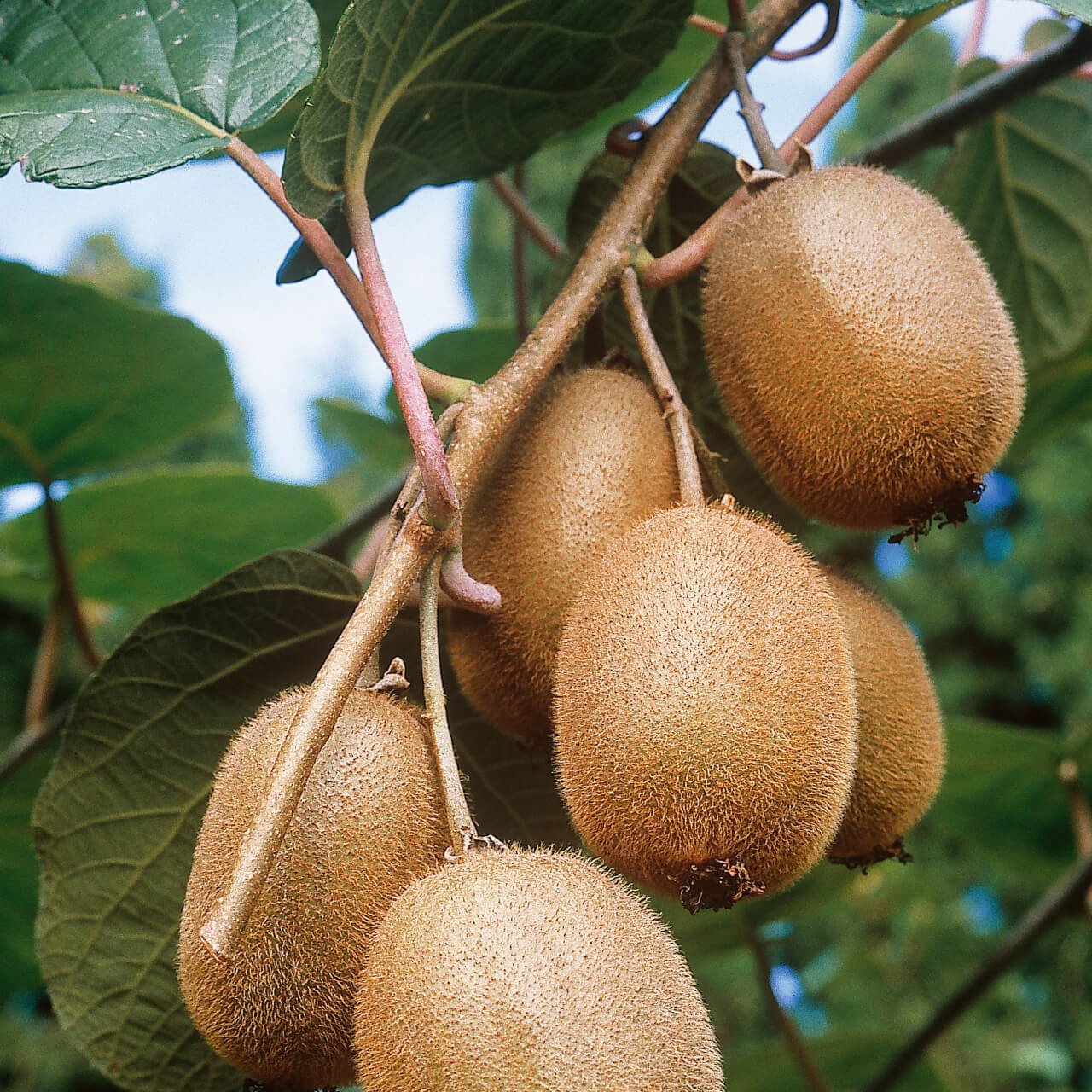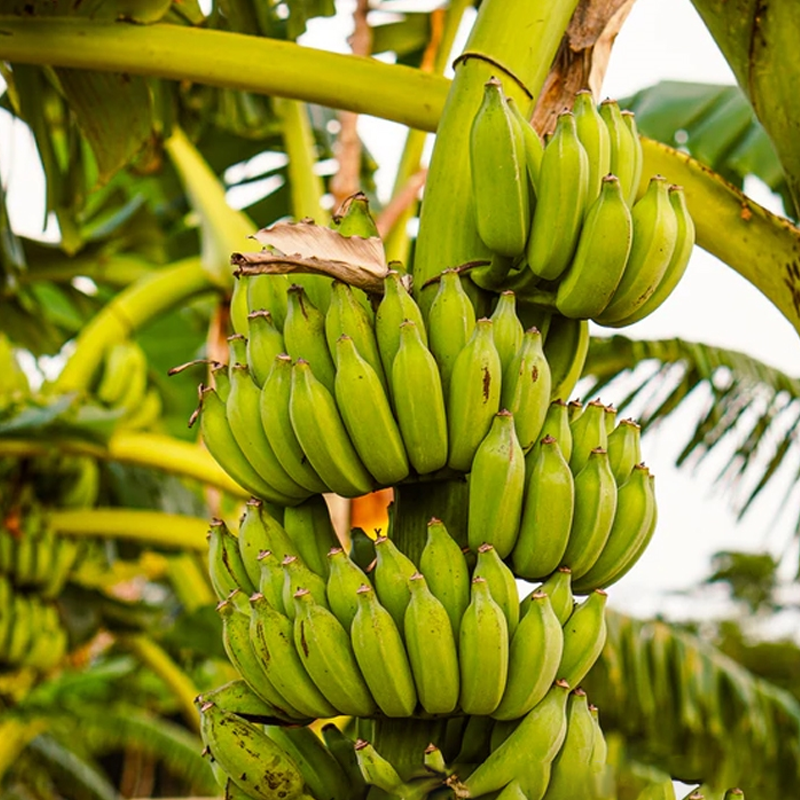



Bellflower - Bellwort
Low maintenance and hardy
Attracts pollinators like bees
Suitable for borders and containers
Thrives in
ZONE 3ZONE 4ZONE 5ZONE 6ZONE 7ZONE 8ZONE 9ZONE 10This plant ships:
Ships Week of May 12th1 Year Guarantee on all plants
Bellflower (Bellwort) - Uvularia
The charming Bellwort plant, commonly called Merry Bells, gets its name from its drooping stems and dangling yellow flowers, which resemble a choir of bells amidst your gardenscape. The lush plant stems in a tight clump, and can spread up to , providing a meadow of lush greenery from its many leaves as well as its eye-catching blooms. You can often find it under the cover of trees, or along shady borders of houses and gardens, as it prefers dappled sun and moist soil. The golden yellow petals pair well with ferns, wild leeks, or any shade loving blossom, making it the perfect addition to any woodland or wildflower garden.
Plant Details - Bellwort
Family: Colchicaceae
Light Requirement: Partial shade, Full shade
Water Needs: Moderate
Height: 30 in
Spread: 12 in
Growth Rate: Moderate
Soil Preference: Moist, well drained
Bloom Time: Mid-Late Spring
Flower Color: Yellow
Wildlife Value: Insect pollinators, seed distribution
Notable Characteristics - Bellwort
You can identify the Bellwort by its distinct arching, bell-like quality. The stems are soft and fleshy, which match its equally soft and paper thin leaves. As the plant matures and blooms, the stems begin to bend and droop downward, the oblong leaves and golden petals twisting as they reach toward the ground. This lush plant has many medicinal uses, especially by the Ojibwe, Potawatomi and Menominee tribes indigenous to the Great Lakes region. People use this plant topically to treat snake bites, swelling and inflammation. When prepared properly, the plant can be ingested, taking advantage of the salicylic acid derivatives in the roots to treat a number of aches and pains.
Landscape and Maintenance
The drooping yellow flower is native to eastern and central North America, and commonly thrives in Appalachia, and the Great Lakes and Mississippi Valley regions. The bell-like plant prefers a woodland setting, with moist, well drained soil and full or partial shade, but is extremely hardy. It is drought tolerant, and can even tolerate occasional flooding. Once established, Bellwort is beautiful and low maintenance, attracting a variety of native bee species to pollinate. The seeds in the center of its yellow flower are attractive to ants, who help carry and redistribute the seeds.
This Is How Your Plants Will Look upon Delivery

Bloom Season
Spring
Bloom/Foliage Color
Yellow
Height at Maturity
Under 12"
Care
Bellflower 'Merry Bells' thrives in well-drained soil and benefits from regular watering to moisten the soil. Fertilize in early spring. Deadhead finished blooms to promote more blooms and cut back in late fall to maintain plant health.
Plant Reproduction
Bellflower spreads by seed, rhizomes, and root fragmentation.
Shipping date depends on the date displayed and chosen when you order from the product's page.
We only accept returns on plants verified dead. If you think your plants have died, we offer a 1 year warranty, please use this File a Claim Link to verify dead plants and start with return warranty process.





.png?v=1721999518546&em-origin=cdn.accentuate.io&em-format=auto)
Cost-Effective and Reliable
Bell Flowers are a perennial, meaning they return each year without replanting, making them a more affordable choice as they don't need annual replacement.
Pollinator Magnet
Bell Flowers are highly attractive to various bee species, enhancing your garden's appeal to pollinators. This can boost the pollination of other local plants in your area.
Delicate Elegance and Foliage:
The weight of Bell Flowers gives them a delicate, fragile appearance, while their tall green stems and hanging leaves provide excellent foliage and ground coverage in your garden.
Unique Yellow Blooms:
Merry Bells feature distinctive yellow flowers that hang upside down, adding a unique touch to your garden. Perfect for partial to full shade, they brighten up shaded areas with their vibrant color.
Caring Tips
How do I care for my Bellflower - Bellwort?
Each box contains detailed care instructions and information about your product. But here's the basics.
Care Tips
Bellflower 'Merry Bells' thrives in well-drained soil and benefits from regular watering to moisten the soil. Fertilize in early spring. Deadhead finished blooms to promote more blooms and cut back in late fall to maintain plant health.
Light Requirements
Bellflower: Merry Bells thrive in full sun to partial shade. They prefer bright, indirect light or dappled sunlight, which helps them produce their vibrant blooms while avoiding the harshness of the direct afternoon sun. Ensure they have well-drained soil for optimal growth.
Hardy Planting Zones
3 • 4 • 5 • 6 • 7 • 8 • 9 • 10
Header
Use this content to share information about your store and products.
Frequently Asked Questions
How often should I water my plants?
How do I know if my plant is getting too much or too little sunlight?
What should I do to prepare my plants for winter?
What are the signs that my plant needs fertilizing?
How can I prevent pests from damaging my plants?
How do I choose the right plant for my climate zone?






